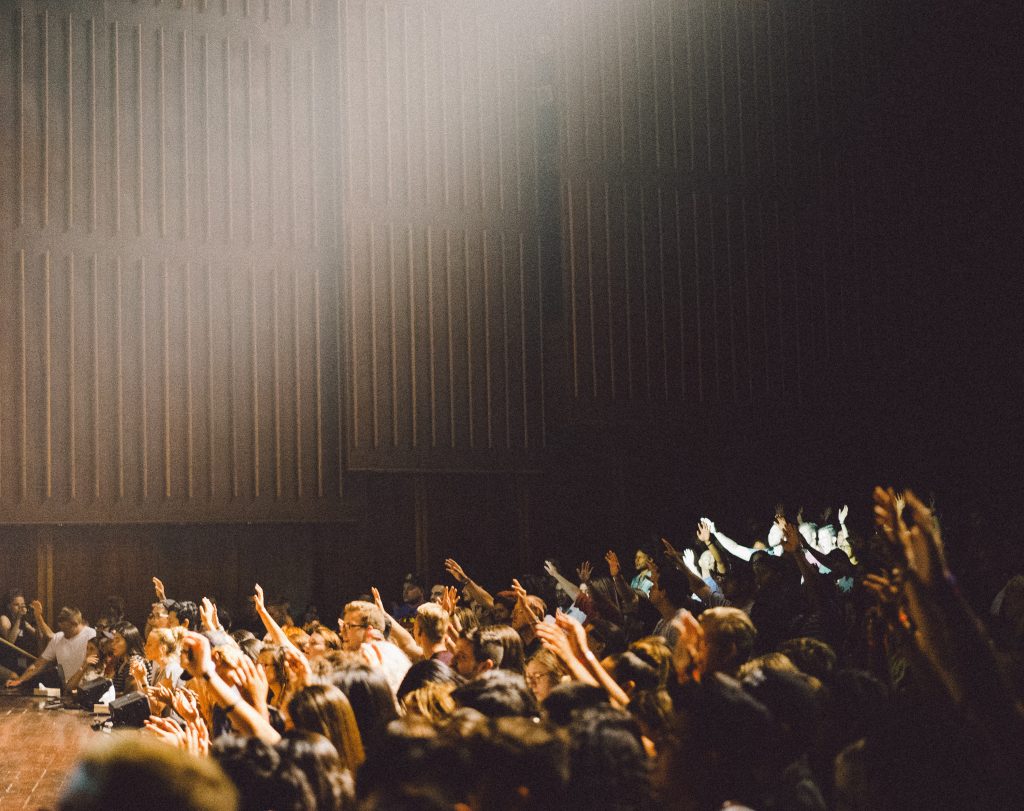In April, Dr. Abbey Lara worked her first shift treating pulmonary and critical care patients in the COVID-19 section of the ICU ward at University of Colorado Hospital in Aurora.
She counted 16 patients: two African American patients, one Filipino patient and 13 Latino patients.
“It was incredibly striking,” said Lara, the daughter of migrants from Mexico. She didn’t have a single white patient that week. “That was a personal ‘aha’ moment for me.”
It brought home the impact the disease was having on people of color in Colorado. In her sick patients, Lara saw not just the effects of a virus, but the fallout of longstanding disparities in access to reliable, affordable healthcare.
“This is a conversation that has been happening for decades: How do we provide healthcare for all? Healthcare to me is a right. It’s not a privilege,” Lara said. “That’s the thing that has been most striking to me is that many of my patients have not had that preventative care.”
Black and Latino residents are getting sick and dying from COVID-19 at higher rates in Colorado, and nationally. They are also disproportionately feeling the effects of the pandemic-sparked recession: 28 percent of Hispanic Coloradans worry they will not be able to afford food for their family, according to a new Colorado Health Foundation survey, and 37 percent of Black Coloradans fear losing their home because they can’t pay the rent or mortgage.
In response, activists have demanded action, and local community health centers and neighborhood groups have launched efforts of their own to fill the gaps. Systemic responses, including statewide efforts robust enough to meet the intense health and economic demands, have lagged behind, although they appear to be gaining momentum more recently.
With the possibility of a second wave of COVID-19 infections looming as Coloradans go back indoors in the fall and winter, health care professionals are wrestling with how to better protect residents in vulnerable populations, starting with Black and Latino residents.
By: John Daley, Read the Full Article at Colorado Public Radio
